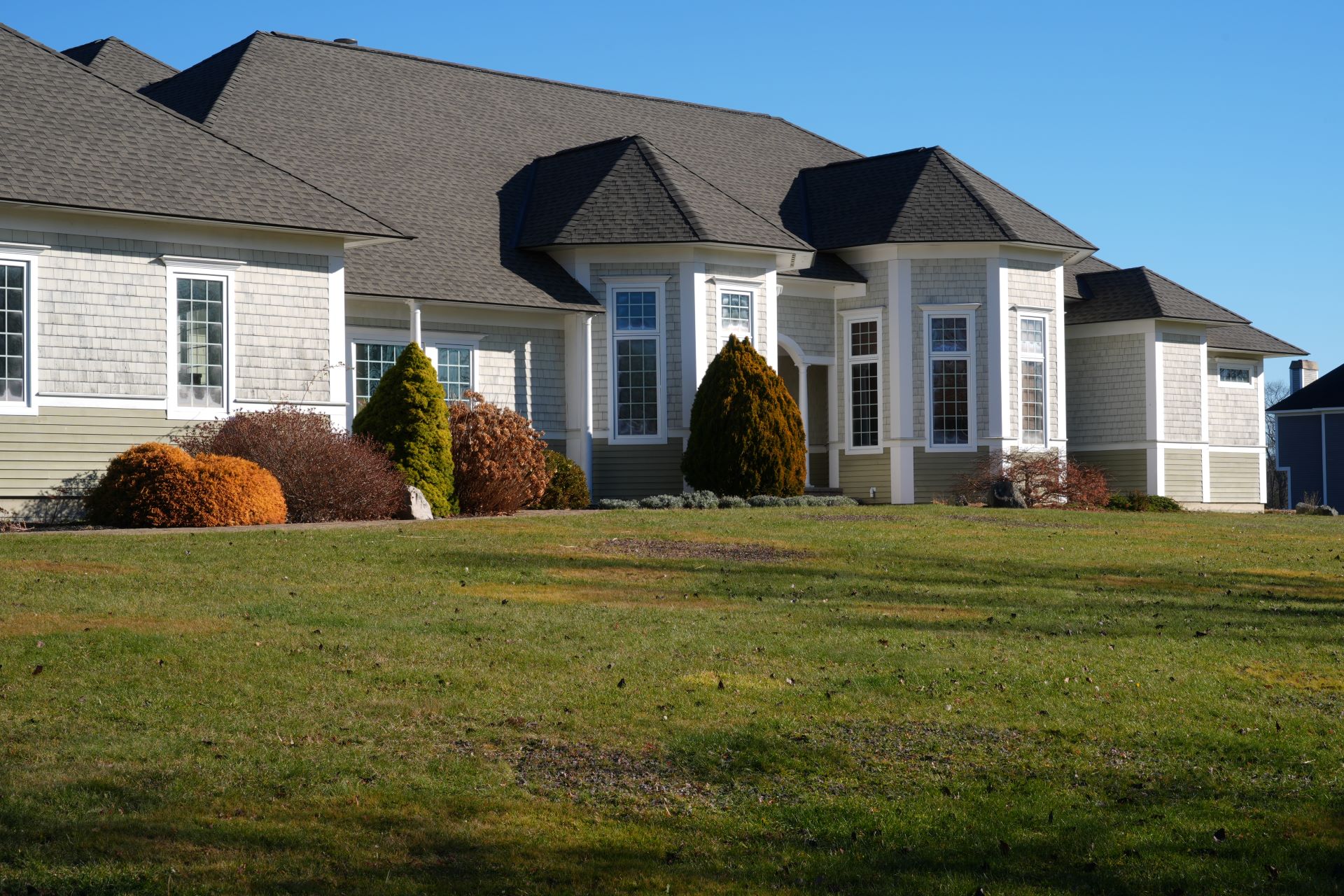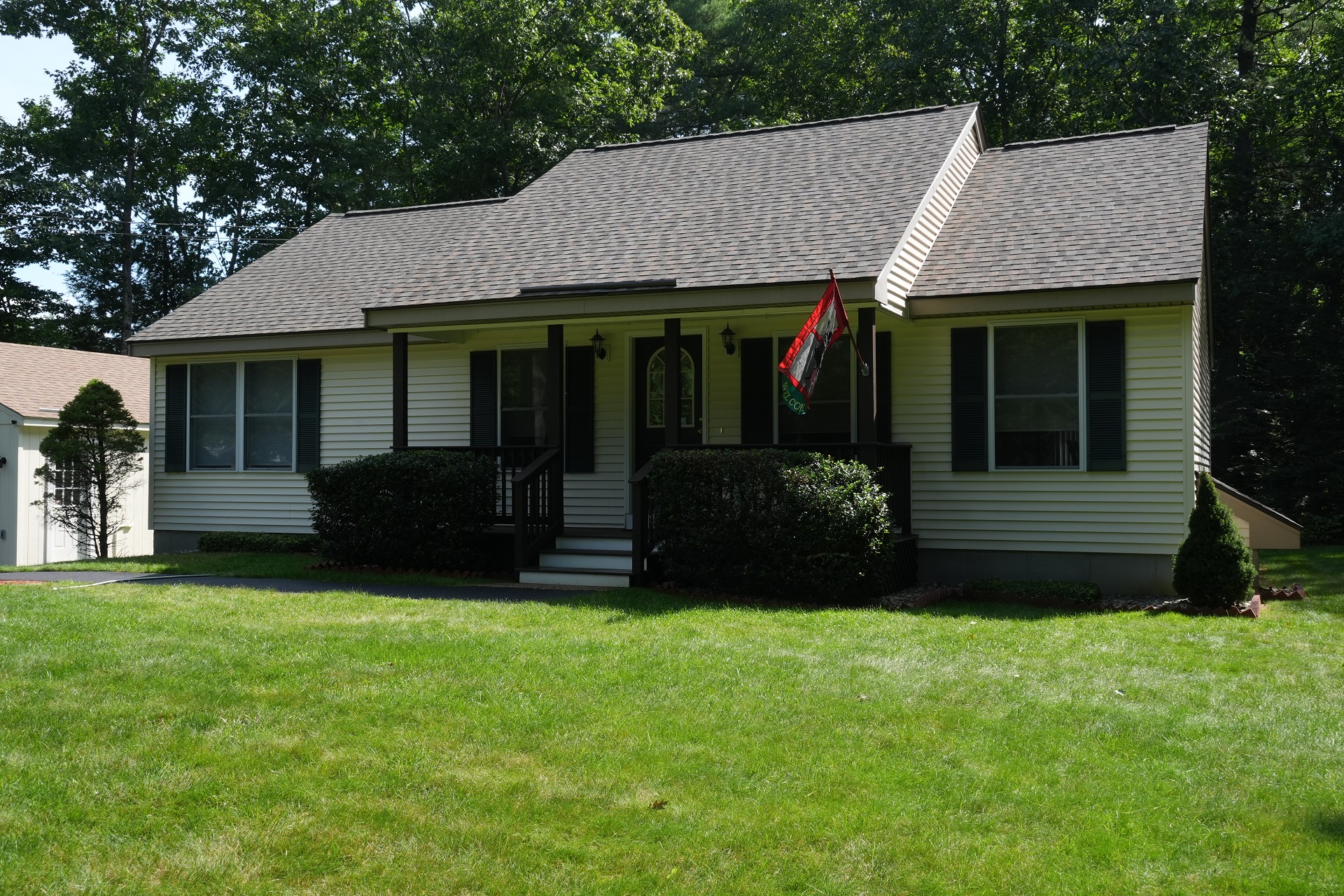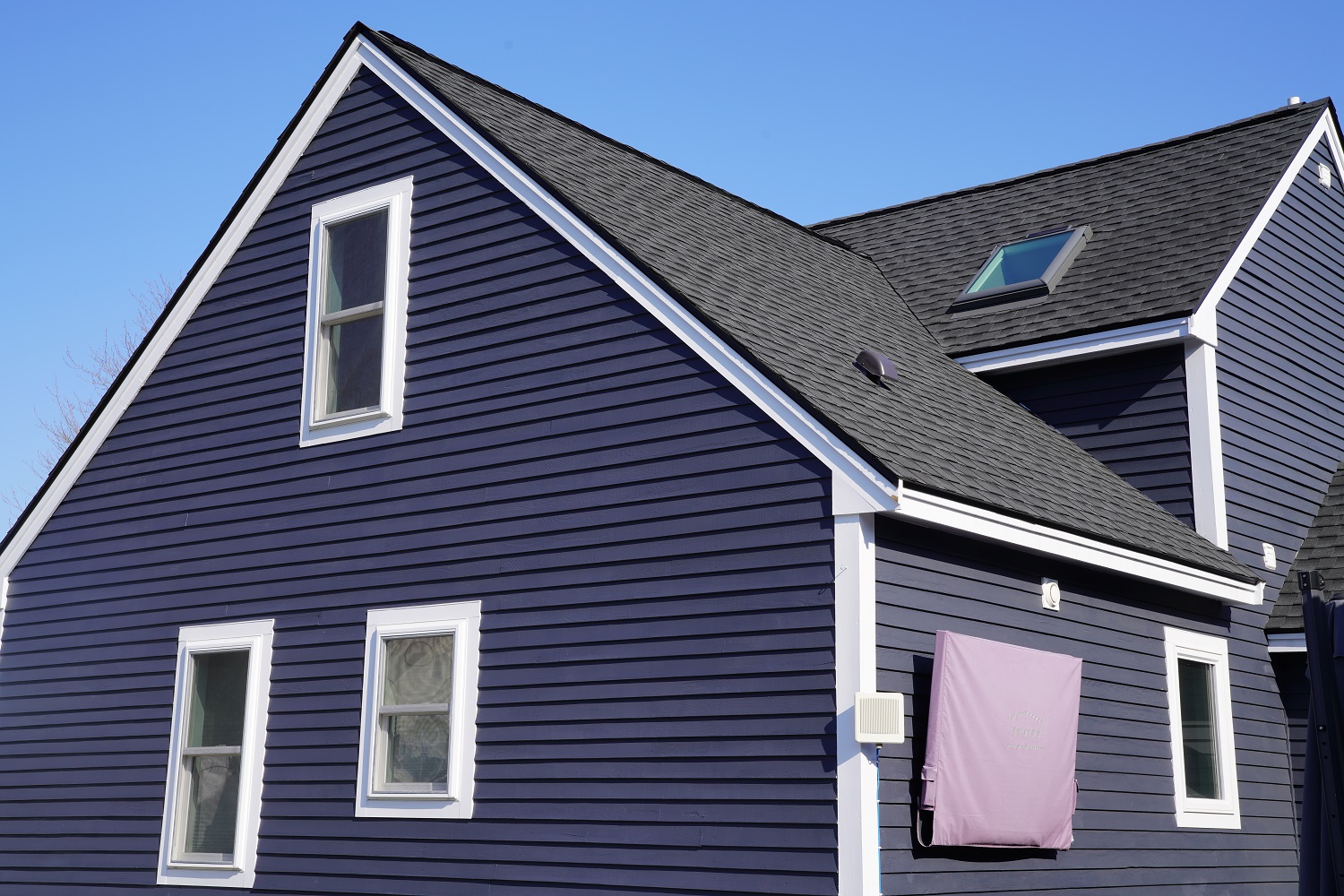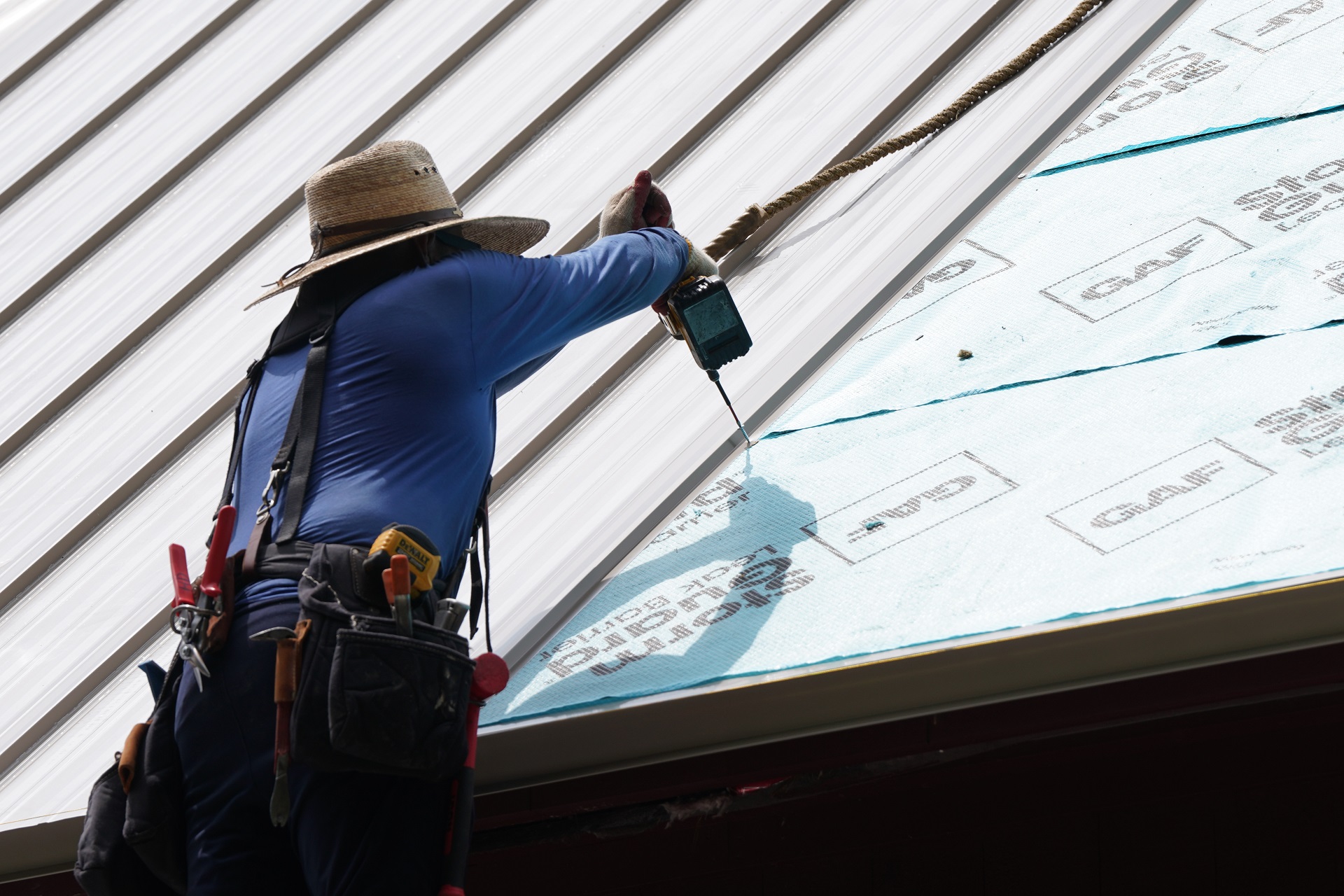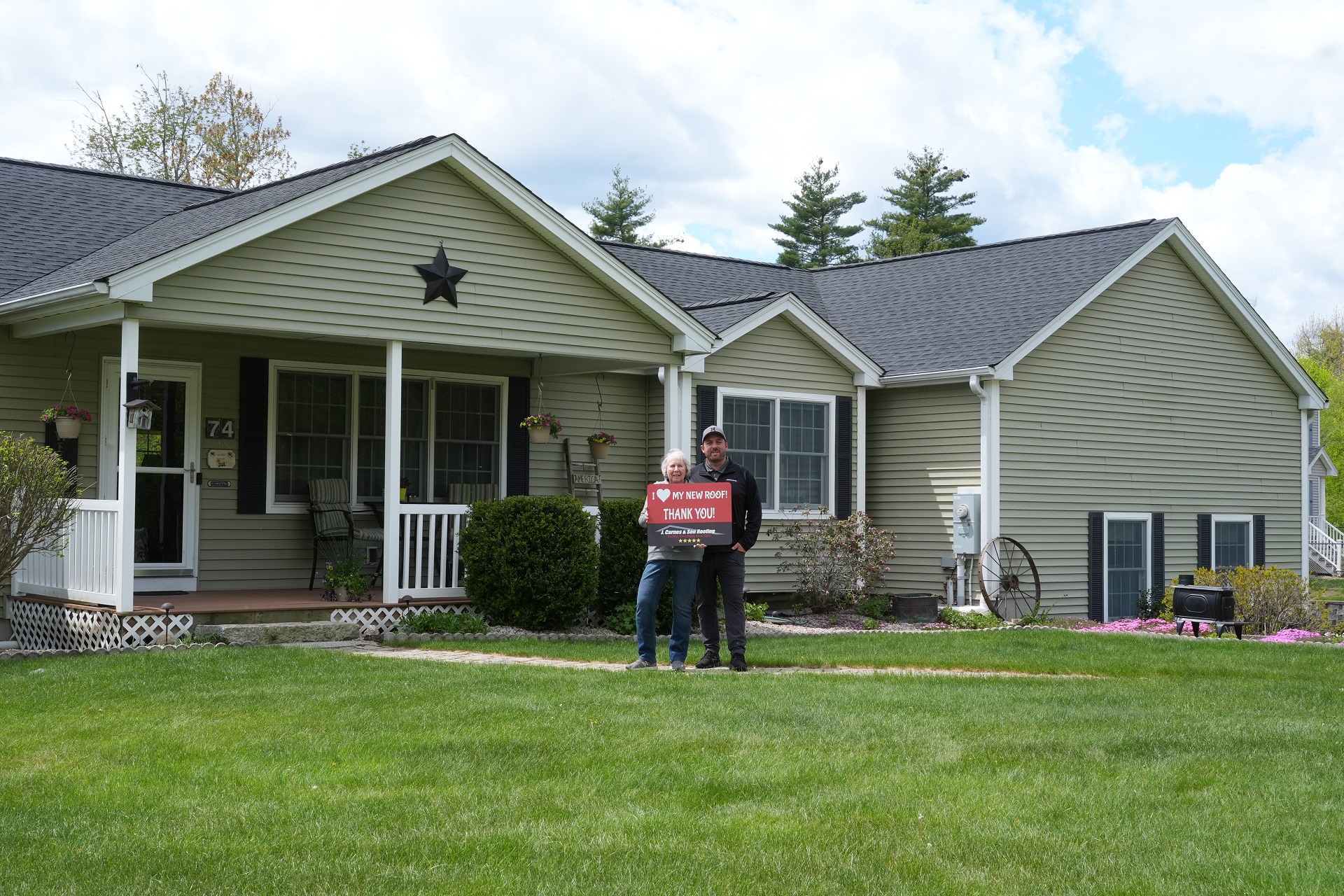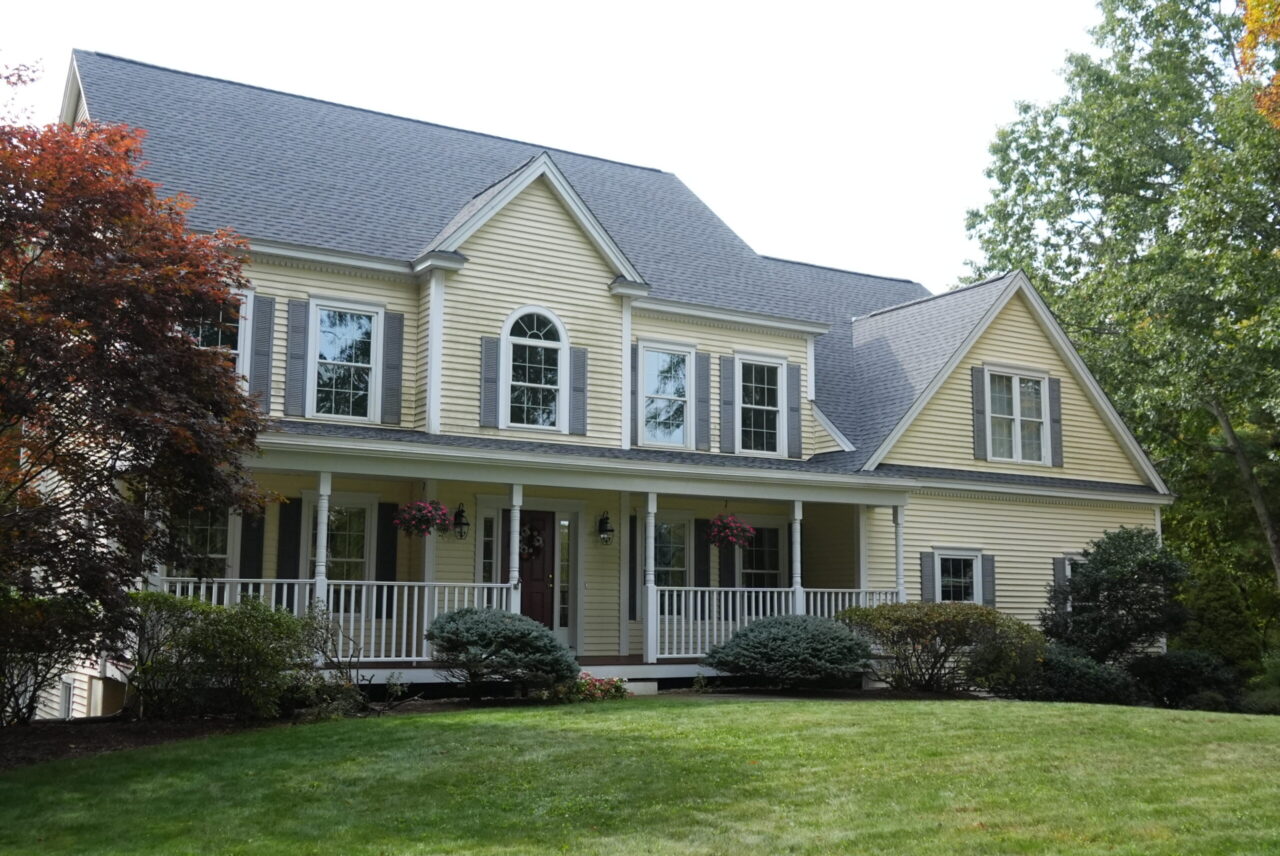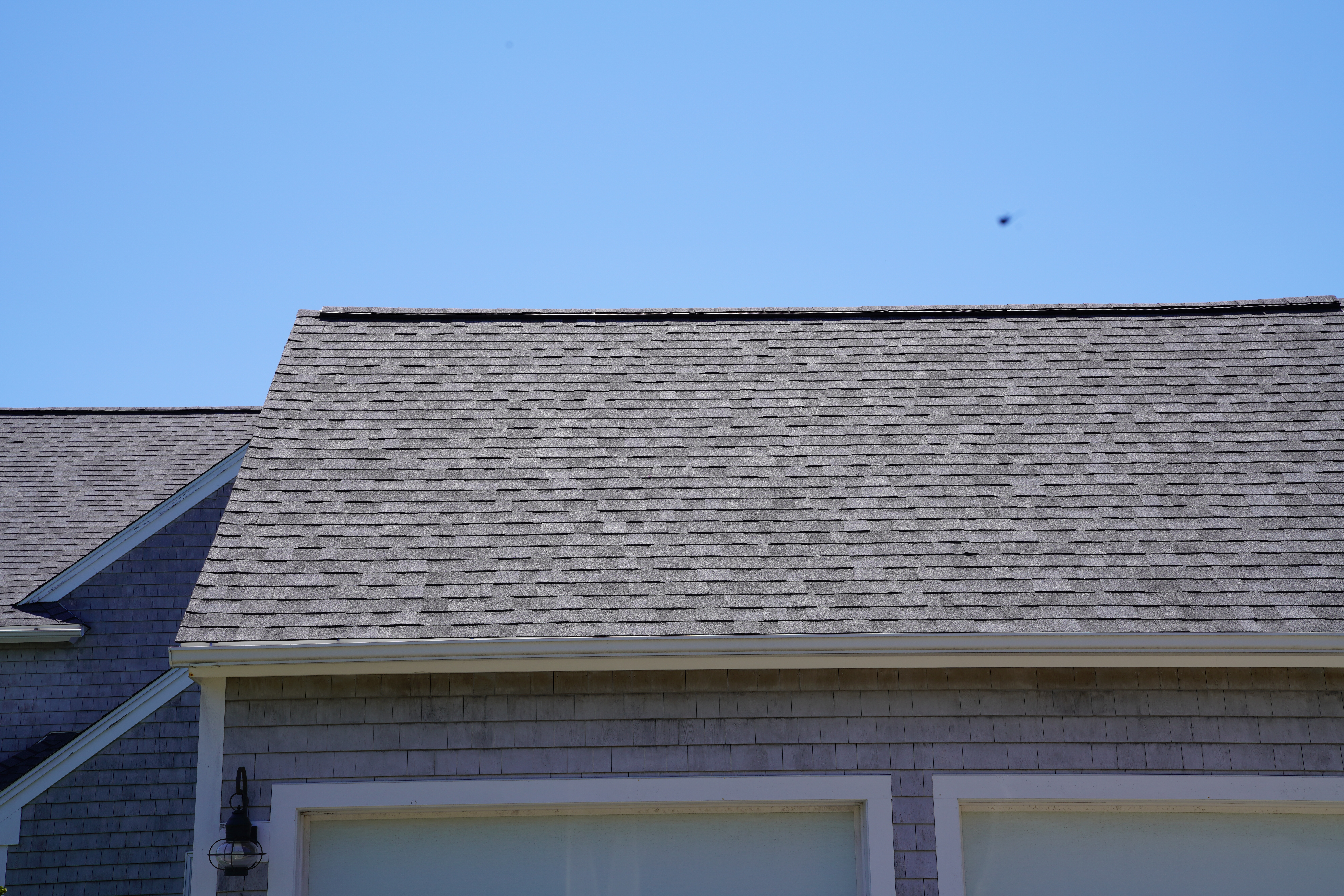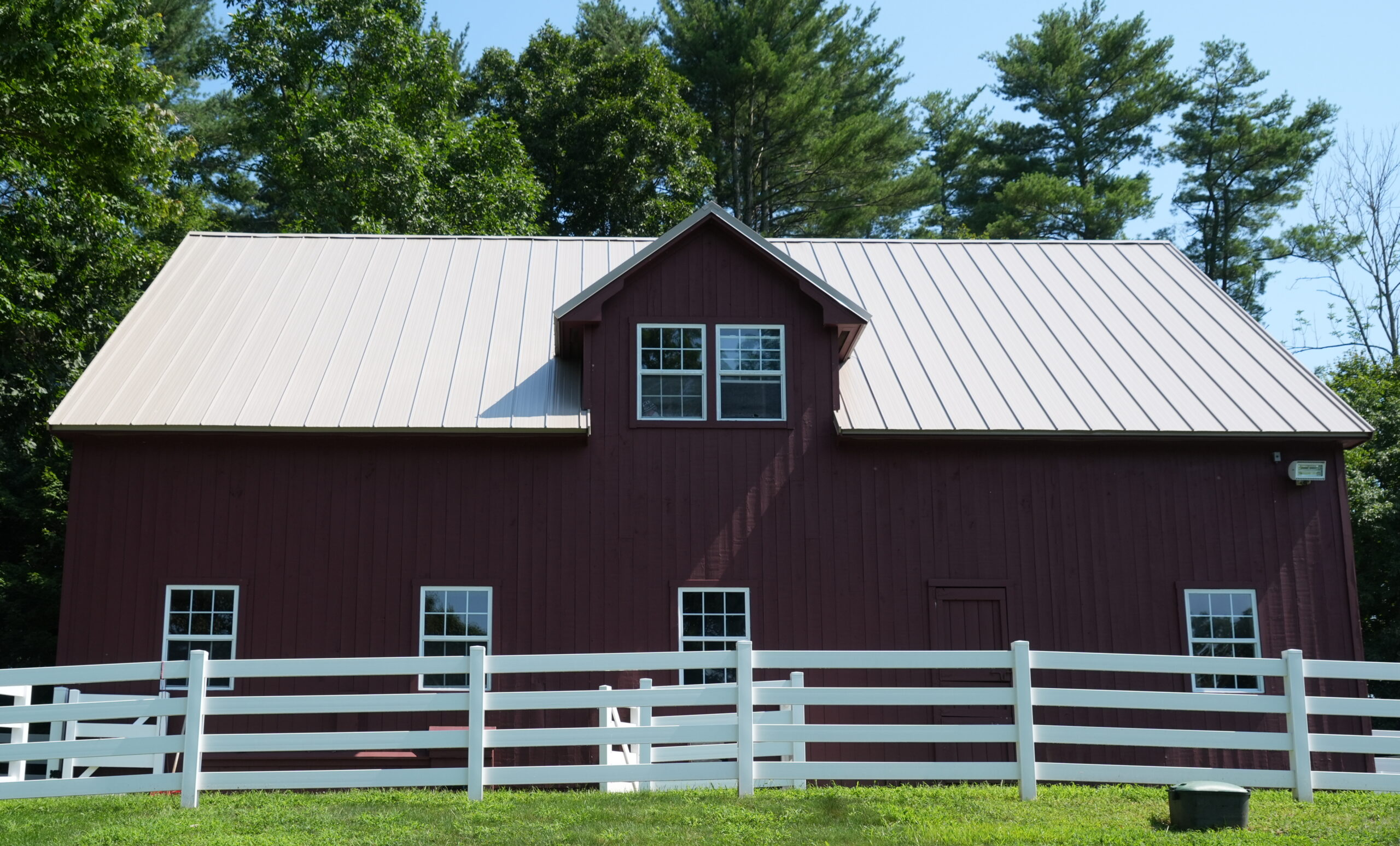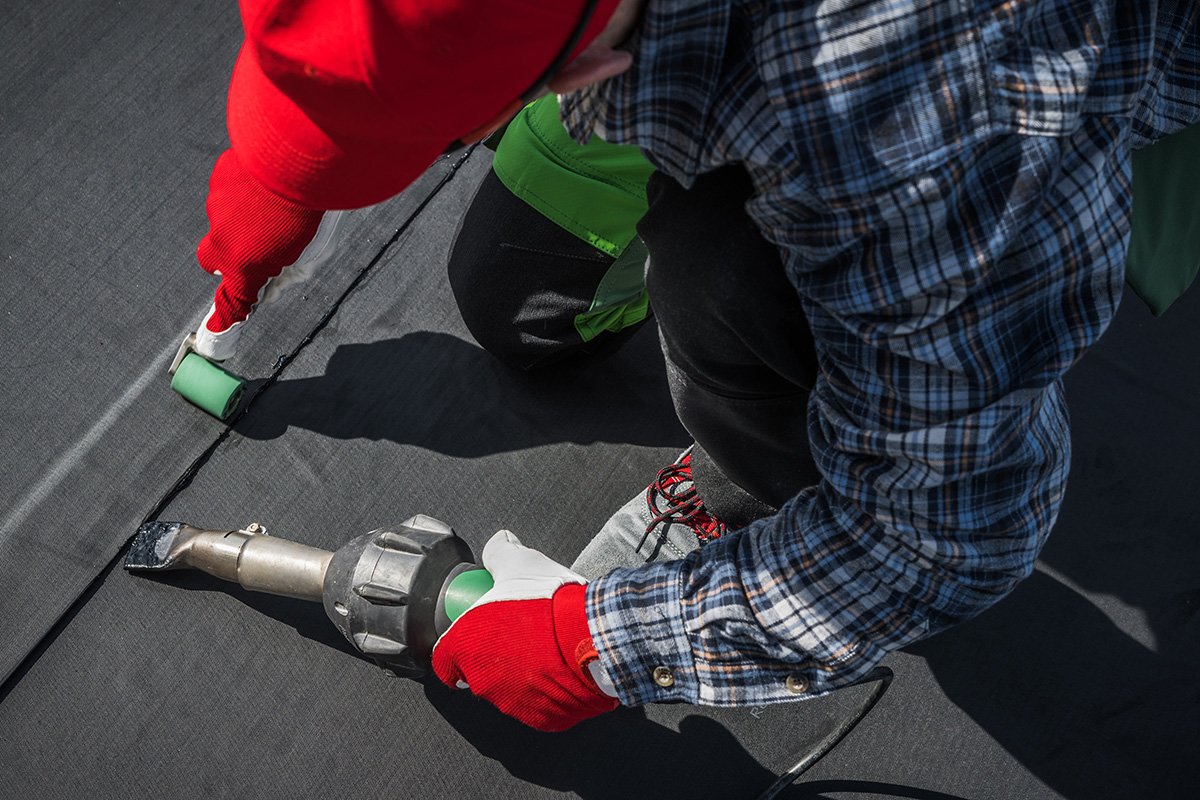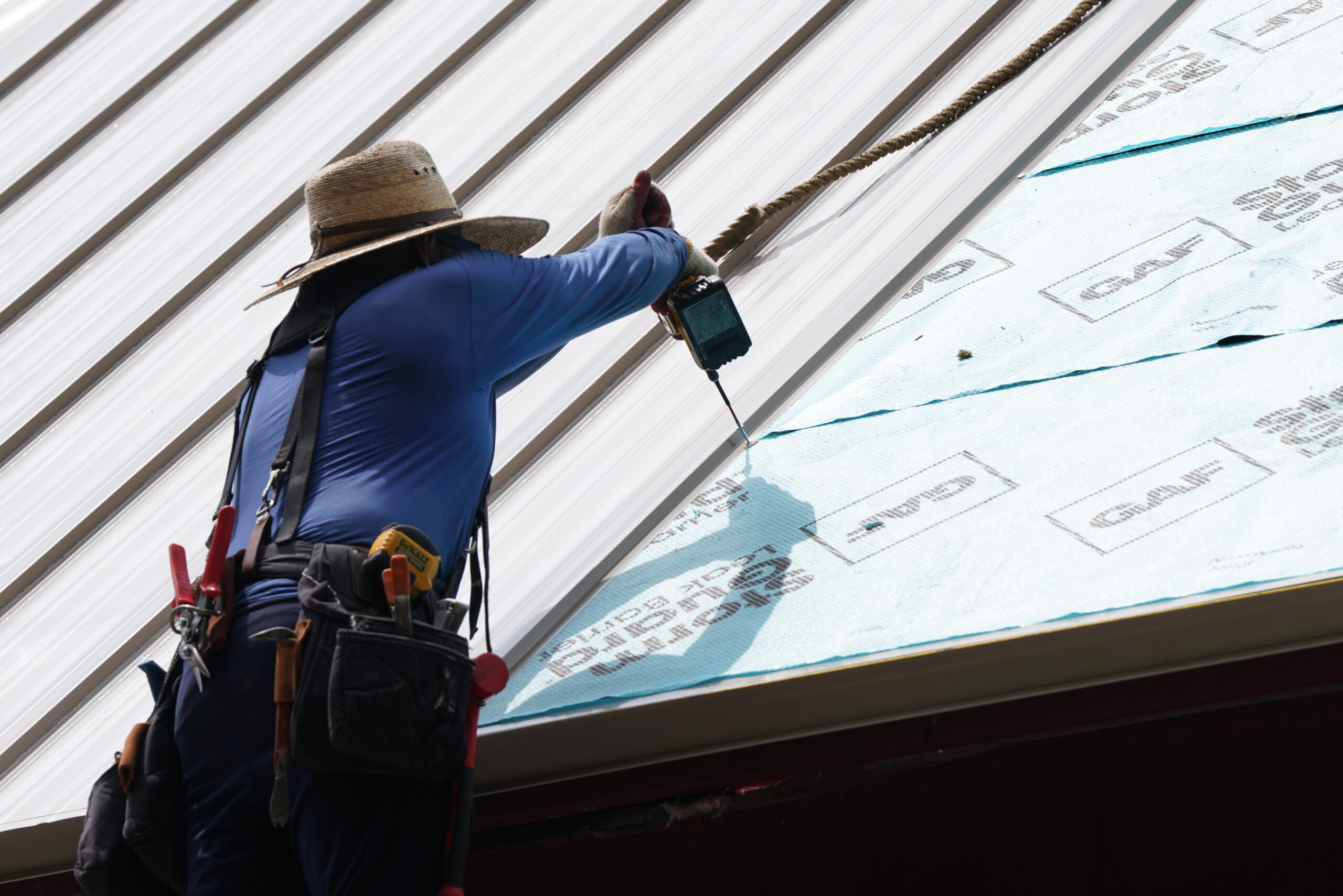Choosing the right architectural roof for your home is a big decision, especially in New Hampshire, where weather conditions can be challenging. The roof you select must withstand heavy snowfalls, rain, and even strong winds.
As you explore roofing options, consider the unique needs of your home based on its location and your personal preferences. Throughout this article, we’ll provide practical tips to guide your choice, ensuring your home remains protected and visually appealing for years to come.
Understanding Architectural Roof Types and Materials
When selecting an architectural roof for your New Hampshire home, it’s important to familiarize yourself with the different types and materials available. Architectural roofs, often called dimensional or laminated shingles, are designed to offer enhanced curb appeal and superior protection. These roofs are composed of multiple layers of asphalt, giving them durability and a visually appealing three-dimensional look.
There are several popular materials used in architectural roofing. Asphalt shingles are a common choice due to their affordability and ease of installation. They are available in various colors and styles, making them versatile for different architectural preferences.
Metal roofing is another option that is gaining popularity. Known for its durability and energy efficiency, metal roofs are often made from aluminum or steel and coated to resist rust and weathering.
Consider the style that best fits the aesthetic of your home. Architectural shingles can mimic traditional wood shakes or slate tiles, giving you flexibility in style without sacrificing durability. For homeowners seeking a more modern appearance, metal roofs are sleek and can be installed in sheets or tiles to complement contemporary designs.
Remember, the choice of material will influence not only the look but also the longevity and maintenance needs of your roof. Compare these options carefully to select a roof that suits both your visual tastes and practical requirements.
Considering Climate and Weather Conditions in New Hampshire
Choosing the right architectural roof also means considering the climate and weather conditions typical to New Hampshire. The region is known for its harsh winters with heavy snowfalls and icy conditions, so your roof must handle these elements effectively.
Start by examining the weight of the roofing material. For example, asphalt shingles are lightweight, making them ideal for handling snow loads without adding unnecessary stress to the structure. In contrast, metal roofs naturally shed snow due to their slippery surface, reducing the risk of snow accumulation that could lead to ice dams.
Consider the roof’s ability to resist winds and storms. Architectural shingles are known for their strength and durability, providing good protection against the high winds common in New Hampshire storms. Similarly, metal roofs perform well in windy conditions, withstanding gusts and providing a secure barrier against the elements.
Moisture resistance is another critical factor. Architectural roofs should be equipped with features that prevent moisture penetration to avoid problems like rot or mold. Adding residential K-Style rain gutters can also help manage water flow during heavy rains, minimizing potential water damage.
Pay attention to ventilation and insulation as well. Proper ventilation will ensure that warm air escapes from the attic, preventing ice dams in winter. This also helps in keeping the roof from overheating in summer, extending its lifespan.
Evaluating Energy Efficiency and Ventilation Options
When picking an architectural roof, energy efficiency and ventilation play a huge role in your home’s overall comfort and utility costs. A good roof should help keep your home warm in the winter and cool in the summer, which is essential for New Hampshire’s varying climates. Roofing materials have different thermal properties, so choosing the right one can make a big difference.
Look for roofing options with high solar reflectance. Metal roofs, for instance, are known for reflecting sunlight and reducing heat absorption, which can lead to lower cooling costs. Asphalt shingles with reflective granules are also a great choice for conserving energy. They help in minimizing heat transfer into your home, making your HVAC system work efficiently.
Proper attic ventilation is crucial. Adequate ventilation helps prevent moisture buildup, which can lead to mold and damage to the roof structure. Consider incorporating ridge vents, attic fans, or soffit vents. These concepts help air circulate and keep the attic space dry. A well-ventilated attic also maintains a stable temperature, easing the load on your heating and cooling systems.
Budgeting for Quality and Long-Term Durability
Budgeting is a key component when selecting an architectural roof. While upfront costs can vary, investing in quality materials and installation pays off in the long run. You want a roof that’s not only strong but also capable of enduring New Hampshire’s diverse weather conditions for many years.
Start by researching different roofing materials to understand their cost and longevity. Architectural shingles, for instance, tend to be more expensive than basic asphalt shingles but offer better longevity and aesthetic appeal. Metal roofing might have a higher initial cost but requires less maintenance and offers a lifespan of up to 70 years.
Quality craftsmanship is just as important as quality materials. Ensure you allocate funds for skilled installation, as improper installation can lead to costly repairs. Factor in maintenance costs, too. Quality roofs often come with warranties that can offset repair expenses if issues arise.
Think of your roof as an investment in your home’s future. While it might be tempting to go for the cheapest option, a more durable, energy-efficient roof can save you money in the long haul. Set a realistic budget that balances immediate costs with future savings, ensuring you choose a roof that meets both your financial and practical needs.
Conclusion
Choosing architectural roofs for your New Hampshire home involves careful planning and consideration of several important factors. Taking the time to understand different roof types, evaluating energy efficiency options, and properly budgeting can make a significant difference. These steps ensure your roof provides both beauty and functionality, enhancing the safety and appeal of your home for years to come.
At J. Carnes & Son Roofing, we’re committed to helping you find the perfect architectural roofing solution tailored to your needs. Whether you’re interested in shingles or seeking to improve your home’s energy efficiency, our team of roofing contractors in NH is here to assist. Contact us today to learn more about how we can transform your home’s roof into a durable, beautiful, and efficient shelter.

